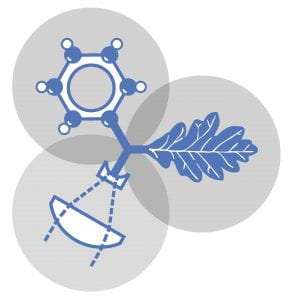
Individual animals with identical genomes, reared identically, nevertheless exhibit behavioral differences. This underpins our sense of individuality. Where these inter-individual differences arise in the causal cascade from transcription to gene products to cellular physiology to neural circuit information processing is unknown. As brain connectivity and activity projects accelerate, a methodological framework is needed to link variation in molecular and circuit features with variation in behavior. At the Rowland, the de Bivort Lab began developing this framework using the fruit fly Drosophila melanogaster whose transgenic toolkit enables experimental probing of all these causal levels.
The Lab had previously shown that individual flies have dramatically different behaviors that persist throughout their lifespans. This was seen in numerous behaviors including light response, locomotor handedness and wing-folding. Importantly, they discovered that the degree of behavioral variability (how atypical outliers are) is under the active control of a suite of neuronally-expressed genes and circuits in the locomotor decision-making center of the brain. How do these circuit and genes interact to regulate the extent of behavioral variability (e.g. are the genes we have discovered required in cic- or trans- with respect to the circuits we have discovered)? What is the relationship between gene expression and an individual’s behavior? Can we discover engrams of individuality (specific morphological or physiological circuit features that dictate an individual’s behavior)? The de Bivort Lab engaged these questions using the entire Drosophila toolkit, including neuronal silencing/activation, gene over-expression/silencing, optophysiological recording, correlation with behavioral biases at the individual level, custom robotics and automation (to enable high throughput experiments), and quantitative modeling to understand the role of behavioral variation within its original ecological and evolutionary context.